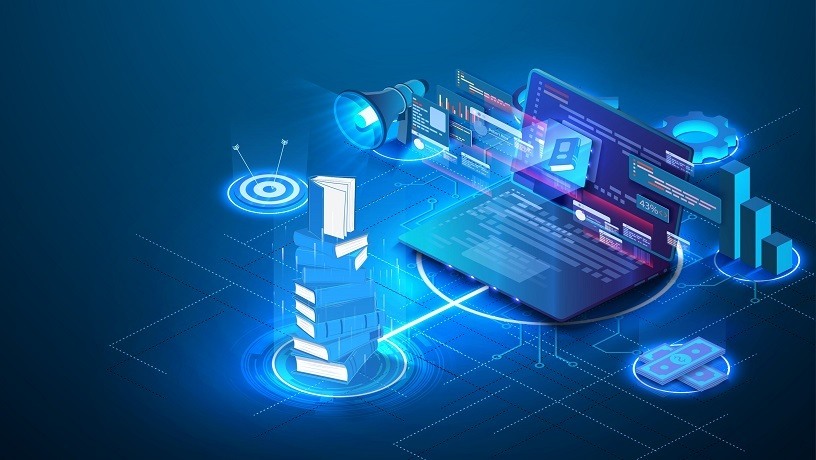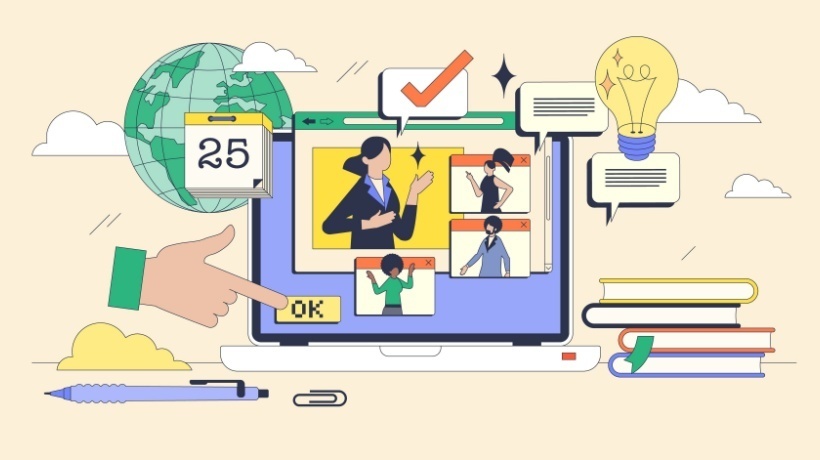Learning Strategies
The way students study is changing quickly because of technology, and students and teachers alike will benefit. Digital learning has evolved and now, when all the factors are on full display, it is changing the future of education. It is transforming education because it is seeing adoption from government bodies, reflected in various initiatives.
As digital learning becomes more of a part of the educational landscape, one can expect even more changes happening in classrooms across the globe. We can expect some substantial changes as digital learning takes hold in education. From high-level initiatives to isolated examples of innovation, it will shape education in the years ahead. To see how it could transform education, you have to be open to the idea that traditional classrooms could be transformed, which is what most parents have seen happen over the last couple of years.
Online learning has been one of the ways digital technologies and advances have affected students and trends in the classroom. Individualized teaching approaches have also been a significant component of the digital education revolution [1]. As a result, education has changed drastically, with eLearning being the defining growth, whereby learning is done remotely and through digital platforms. While many tools and technologies of digital teaching are developed and utilized for primary and secondary school applications, digital teaching is also making progress in higher education.
Online education opportunities enable students to access schools and degree programs that may be far away and help them get the best education for their circumstances. Many students can sample from multiple educational streams, thanks to digital learning, before committing to a career path. With this, it is hoped that all students will have equitable access to educational resources and opportunities in the future, creating more equitable chances for success independent of their geographic location.
With computers and tablets, teachers and students from every corner of the globe have an opportunity to learn, collaborate, share, experiment, and question. Technology is undoubtedly a powerful tool that can support and transform education in various ways, from making it easier for teachers to create course materials to providing new ways for people to learn and collaborate. Education technologies can potentially transform students' learning by offering opportunities to investigate complex phenomena and create digital representations of their ideas, which they can play around with and share with others. Digital learning is thus changing the future of education.
Concepts like video lectures, remote teaching, and online assessment have penetrated education spaces and have fundamentally changed how instructors teach, and students learn. Those interested in discovering more about how technology has changed education and the benefits that some of these changes may provide to both instructors and students should keep reading. You will see that the twenty-first century has seen a variety of options available in learning thanks to digital, rather than traditional, educational methods.
Benefits Of Digital Learning
- Full-time access to materials
- Works with collaboration
- More resources
- Better engagement
- Customized learning
- Works with new digital learning strategies
- Devising for work
- Building peer communities
- Facilitates the ability to think critically about what you do every day
- Offers flexibility
Conclusion
The extraordinary interconnectedness we presently appreciate works with new, inventive learning resources impeccably. Whether through mixed learning, one-to-one instruction, gamification, or some other digital-assisted practice, innovation shapes training. Digital learning has unexpectedly turned into a boom for everybody, and thus, everybody is becoming accepting of something a similar nature.








